READY TO GET STARTED?
REQUEST A FREE ESTIMATE
Fill out the form below or call (888) 466-7849 for a free, no-obligation estimate.
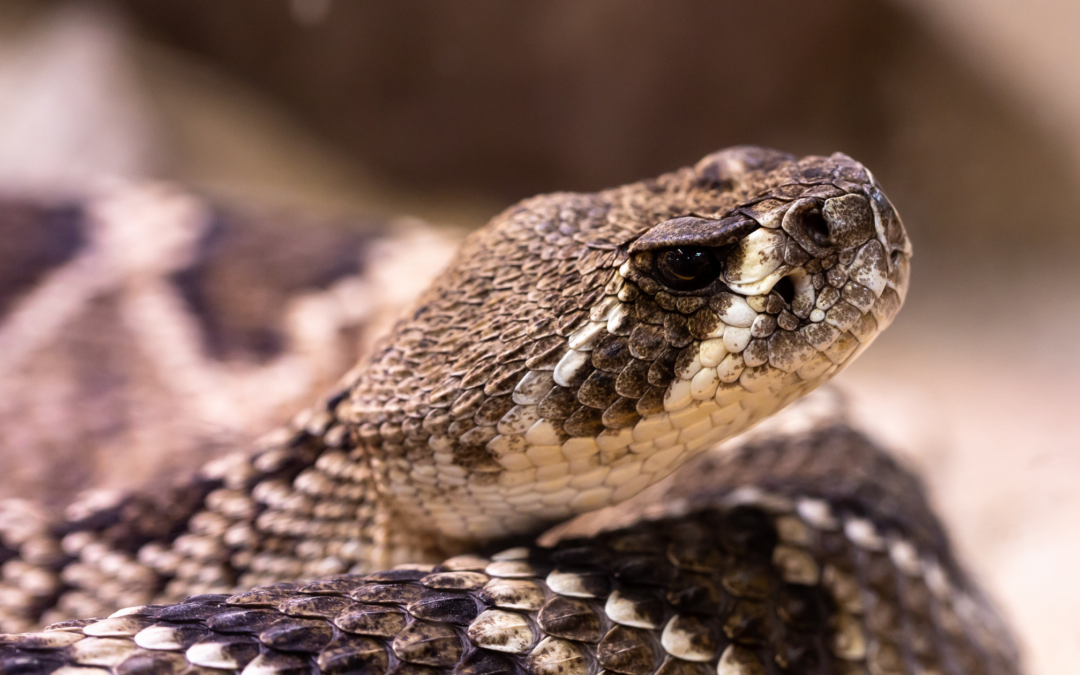
Living in the beautiful state of Georgia comes with its fair share of wildlife encounters, and one of the most feared encounters for many homeowners is stumbling upon a venomous snake. With over 40 species of snakes slithering through the Georgia landscape, it’s essential to know how to distinguish between harmless serpents and those that pose a threat. In this guide, we’ll explore common venomous snakes in Georgia, their identifying features, where they can be found, associated risks, and what to do if you encounter one. Additionally, we’ll provide tips on how to deter venomous snakes from entering your yard, ensuring a safer environment for you and your family.
If you come across a venomous snake on your property or while out in nature, it’s crucial to remain calm and follow these steps:
Prevention is key when it comes to keeping venomous snakes away from your property. Here are some tips to deter them:
By familiarizing yourself with the common venomous snakes in Georgia and taking proactive measures to deter them from your property, you can minimize the risk of encountering these potentially dangerous reptiles. Remember, when it comes to venomous snakes, caution and prevention are your best defenses.
If you encounter a venomous snake on your property and need assistance with snake relocation or wildlife control, don’t hesitate to contact a reputable wildlife control company in your area. Stay safe and informed, and enjoy the beauty of Georgia’s wildlife responsibly.
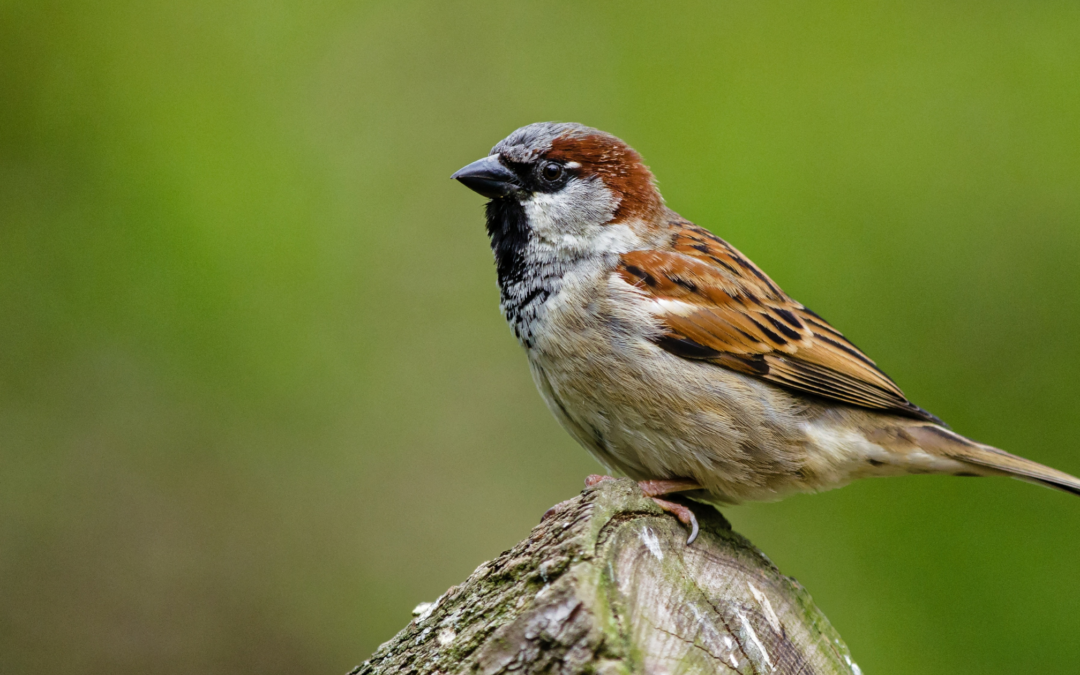
Nestled in the heart of the South, Georgia boasts lush landscapes and vibrant wildlife. However, along with its natural beauty comes the challenge of dealing with nuisance birds. From pesky pigeons to assertive seagulls, these feathered intruders can wreak havoc on homes and businesses alike. In this guide, we’ll explore common nuisance birds found in Georgia, the risks they pose, effective methods for bird control, and preventive measures to keep your property bird-free.
Georgia is home to a variety of bird species, some of which can become unwelcome guests on your property. Among the most common nuisance birds encountered in the state are:
Beyond their irritating presence, nuisance birds can pose several risks to both property and human health:
When faced with a bird problem, it’s essential to employ effective bird control strategies. Here are some methods commonly used by wildlife control companies:
While effective bird control measures can help address existing bird problems, preventing future infestations is key to long-term success. Here are some preventive measures to consider:
Dealing with nuisance birds can be a challenging task for property owners, but with the right approach, it’s possible to keep these feathered intruders at bay. By understanding the common nuisance birds found in Georgia, recognizing the risks they pose, and implementing effective bird control and prevention strategies, you can protect your property from damage and ensure a bird-free environment. Whether you’re facing a minor bird problem or a full-blown infestation, partnering with a reputable wildlife control company can provide expert assistance in addressing your bird control needs.
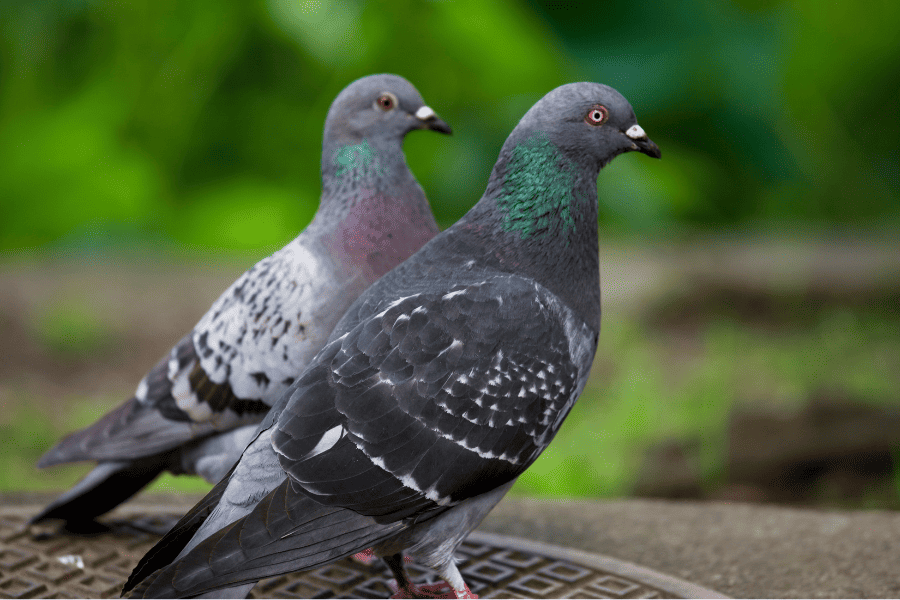
When left unaddressed, birds can wreak havoc on your business. As a business owner, protecting your reputation and bottom line is crucial to your success. We breakdown the dangers nuisance birds can be to your business if invaded and bird control methods you can place to deter them away.
Birds can cause many problems for your business and property. It’s crucial to understand the issues birds can bring so you can effectively deter them.
One of the best ways to deter these nuisance birds away is to create an environment that’s less attractive to them. Check out these humane preventative tips to keep birds from invading your business.
This method can act as a barrier to keep birds away from your building. The netting is often made of polypropylene and has stainless-steel hardware, which can be invisible to your customers’ eyes. It can best protect your business from smaller birds like swallows and sparrows. Bird netting can protect areas such as loading docks, rooftops, courtyards, storefront signs, balconies, open beam structures, and more.
Spikes are harmless deterrents that work great to deter birds, such as pigeons, away from a structure. Spikes are made from stainless steel or plastic and are placed upward to make it difficult for birds to land or make it uncomfortable to roost. Spikes can be placed on ledges, parapets, gutters, signs, and more.
Visual deterrents or decoys are a great tool to utilize around your business property to deter birds. Decoys that resemble owls or other predators can scare birds away. Other deterrents include holographic and reflective materials like optical gel, scare tape, and more. This method can be a great addition to other bird control methods you have already placed at your business.
If you’ve seen more bird activity than you’re comfortable with around your business, call your local professional wildlife control team for assistance. These bird experts will provide you with the best options to prevent the nuisance birds, deter them from your property, and control them to avoid a future bird infestation.
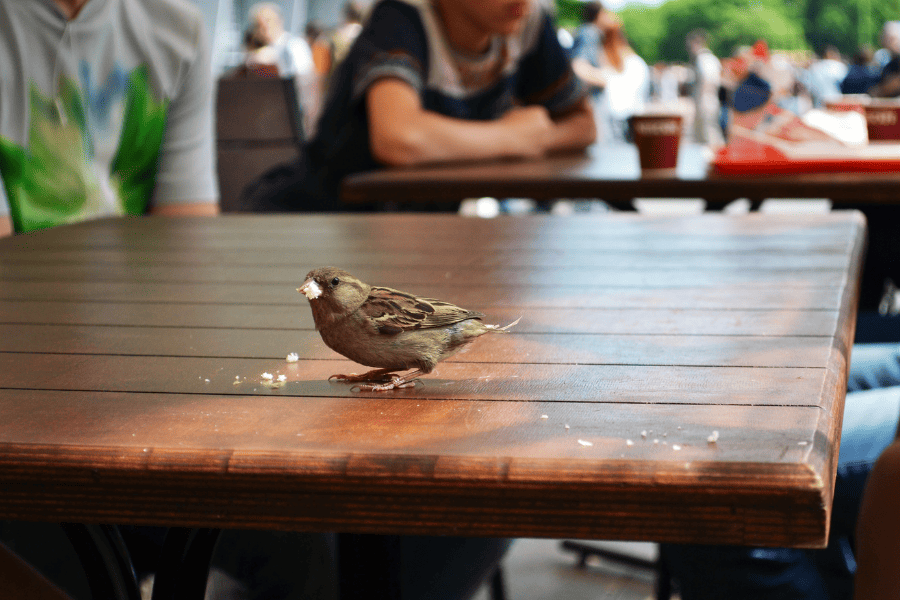
As much as birds are necessary, they can become a nuisance once they begin invading and damaging your business property and causing health concerns for your customers and employees. Whether it’s a restaurant, warehouse, commercial building, or store, these wildlife creatures can threaten your business’s bottom line. One of the best bird control methods to keep these birds from invading your business property is to create an undesirable environment for them. If you’re experiencing an influx of bird activity, there are several methods you can utilize to safely deter them from your business.
Create an environment less inciting to birds by removing limbs and branches from your business property. Additionally, look to routinely trim any surrounding trees around your property and if you have a lawn keep it mowed.
Consider mounting a plastic hawk or owl decoy on the roof of your building to scare nuisance birds away. Bird spikes and optical gel are another great tool to place on top of the building to encourage birds to perch and nest elsewhere.
Many birds are known to create nests around or under HVAC units because of the availability of water and shelter. To avoid this, consider netting or blocking off the area around your HVAC unit. If larger areas need excluding, it’s best to contact your local pest management company for assistance.
Birds will continue to visit your property if there’s access to food sources. It’s crucial to make food and water sources inaccessible as much as possible by promptly removing all food debris and standing water. Likewise, discourage customers from feeding birds if they happen to land around your business.
There are state rules and regulations on controlling birds from properties, so it’s best to contact your local wildlife control company to assist with any bird nuisance. These bird control professionals will provide you with a thorough inspection of your business and recommend the best methods to remove and prevent these birds from your property in the future.
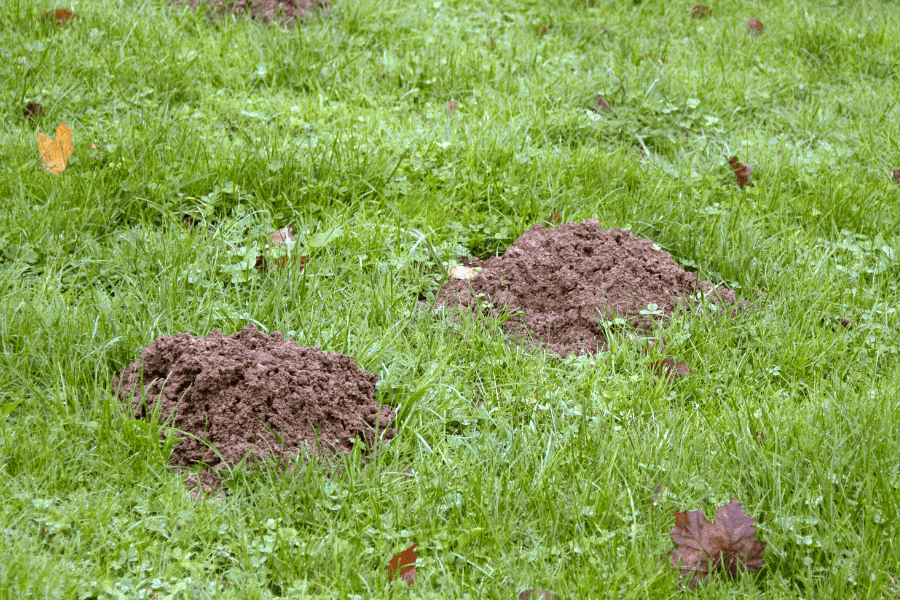
A perfectly manicured yard can be destroyed by moles in an instant! These creatures dig tunnels in search of lawn pests in your yard, including grubs, earthworms, and other bugs. Once moles invade, it can be difficult to control and remove them from your property as they can go undetected for long periods of time. One of the best ways to understand mole prevention is understanding the signs of their activity in the first place. We break down common mole signs and the preventative measures to place at your home to avoid their destruction.
There’s no one sign that can pinpoint moles in your yard but there’s several to lookout for if you suspect you’ve got a mole infestation, including:
If you’ve noticed any or all of these signs on your property, it’s likely that you have a mole in your yard.
There are several methods you can utilize to avoid mole activity. Consider the following mole control tips and tricks:
Since moles live underground, it can be difficult to prevent and control them. The best treatment for moles is target elimination through baiting, which is best done by a professional wildlife control company. These expert professionals will be able to track the mole, strategically place traps, utilize effective baits, treat the mole tunnels to avoid another mole infestation, and monitor the tunnels to ensure all moles have been removed. If you suspect moles in your yard, call your local wildlife control company for a free evaluation.